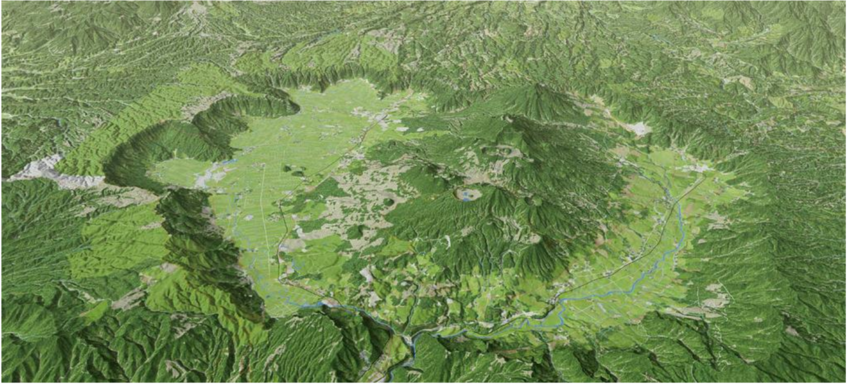Exploring Rural Happiness in Japan
Research Questions
This study explores the topic by asking:
- Is there a difference in overall well-being between residents of urban and rural Japan?
- What are the characteristics of rural well-being in contrast to urban well-being?
- What are the consequences for policy makers interested in raising the level of well-being?
Methods and Data
- Field work of six month over a period of 2 years in different towns and villages of the Aso region
- Face-to-face interviews with local inhabitants and stake holders
- Group interviews
- Observation of traditional festival preparations
- Participant observation in labor routines
- Participant observation in voluntary associations
Topic Survey
This project investigates differences in well-being by taking a closer look at spatial variations. Previous research has failed to provide a satisfying answer to the question whether cities or rural areas are better designed to provide their residents with a sense of happiness. It is expected that cities and the countryside differ in terms of their resources and amenities as well as in the way local residents are assessing the significance of these conditions for living a happy life in their specific environment.
Some residents are regarded as less in tune with village expectations; some show less inclination to adapt to the village standard. Villagers are aware of the need to adapt to the changing circumstances of population decline, high aging and the bottoming-out of the infrastructure. The gender division of labor is very strong - though there are clear signs of change between the generations indicating anew and growing prioritization of family happiness over village happiness. People of all age agree that the future is full of anxieties.
Discussion
- Gender differences in well-being are largely fueled by gendered division of labor.
- The younger generations want to retain village traditions and institutions.
- Sense of happiness is based on living in and with nature, longterm relations, mutual trust, and the commitment to traditional customs and material legacies inherited from their ancestors.
Conclusion
- There is evidence that cities are less successful in promoting happiness.
- Cities provide over different and city-specific amenities that are less of significance for villagers, while urban residents strive for rural amenities.
- Villages are better qualified because of equal access to the limited amount of resources.
- Policy makers would be well advised to pay attention to the variability of needs and wants across and within municipalities.
Results
Informants in the town show a higher sense of dissatisfaction with the economy, particularly in comparison with the “golden past,” and a lower degree of overall well-being.
Informants in the village demonstrate a deep sense of satisfaction with the current conditions of their life.
Negative views are dominated by the growing fear of natural disasters and the need to find work outside the valley.
Financial worries are a constant topic for younger generations but less of significance for the older.
Villagers demonstrate a high degree of pride on nature, history and traditions. They are proud about the social cohesion within the village and its formal institutions.
Acknowledgements
The author wants to thank the people from Aso that generously shared their time, warmth and wisdom with him for this study. Thanks also to my colleagues and friends from the Aso 2.0 Study Group at the University of Vienna and from The Center for Policy Studies at Kumamoto University.


